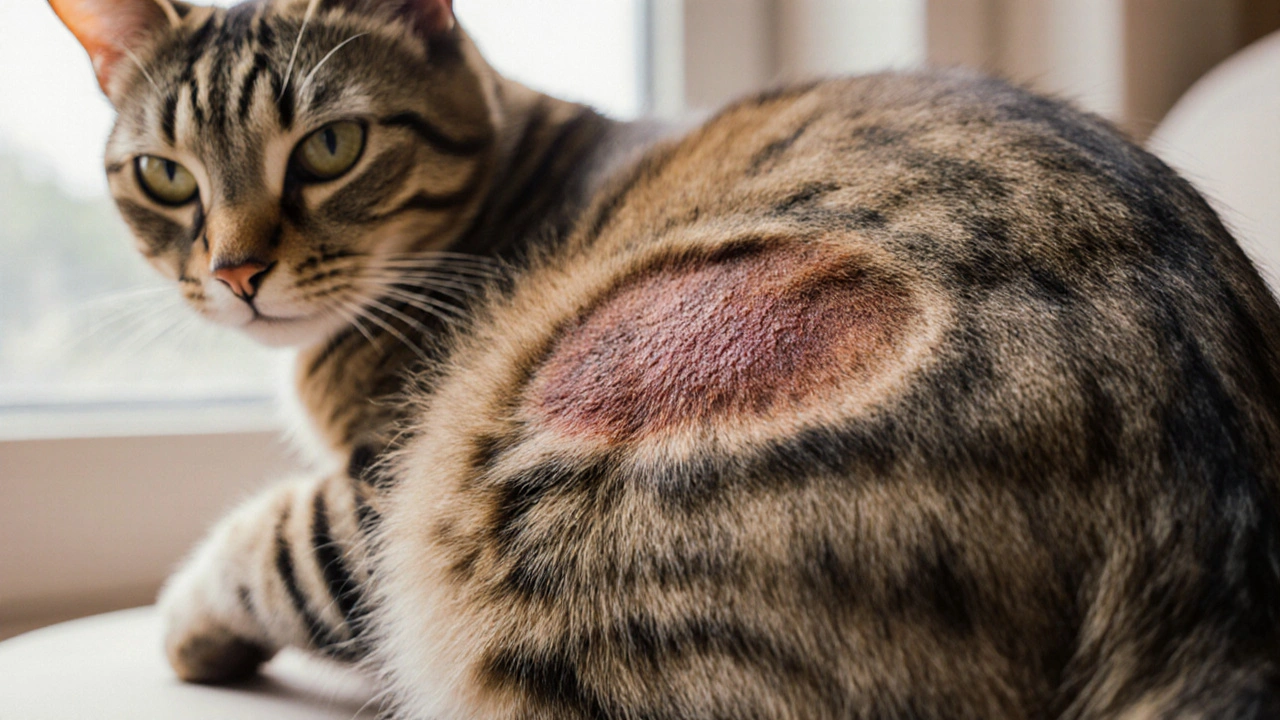Ringworm in Pets: What You Need to Know
When dealing with ringworm in pets, a contagious fungal skin infection that affects dogs, cats and other animals. Also known as dermatophytosis, it spreads through direct contact or contaminated surfaces and can jump to humans. Recognizing the early signs saves you from a bigger cleanup later.
One of the core players in this story is antifungal medication, drugs that stop the fungus from growing and help the skin heal. Options range from oral pills like itraconazole to topical creams such as miconazole. Choosing the right one depends on the animal’s age, severity of the outbreak, and any other health issues they might have.
But medication alone isn’t enough. environmental cleaning, thorough disinfection of bedding, grooming tools and household surfaces breaks the infection cycle. Using a diluted bleach solution, vacuuming daily, and washing all fabrics in hot water reduces the chance of reinfection. This step often gets overlooked, yet it’s what prevents the fungus from hiding in the cracks of your home.
Another useful concept is dermatophyte testing, lab analysis of hair or skin samples to confirm the type of fungus. A confirmed result guides you toward the most effective medication and avoids unnecessary treatments. Many vets now offer quick in‑office fungal cultures, so you don’t have to wait weeks for answers.
Finally, keeping your pet’s immune system strong can lower the risk of future flare‑ups. Regular nutrition, proper grooming, and timely vaccinations keep the skin barrier intact. If a pet is immunocompromised, your vet might recommend a preventive antifungal regimen during high‑risk seasons.
Below you’ll find a curated list of articles that dive deeper into each of these areas—clinical comparisons of antifungal drugs, step‑by‑step cleaning guides, and real‑world case studies. Browse the collection to get the details you need for a fast, safe recovery for your furry friend.

